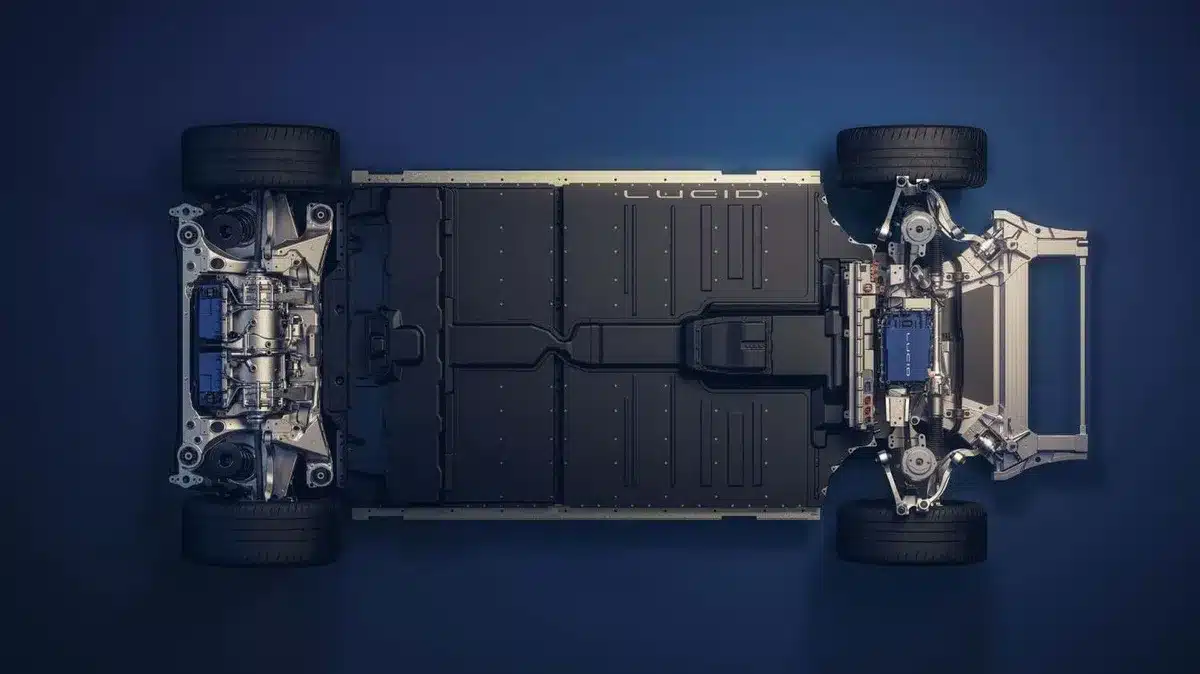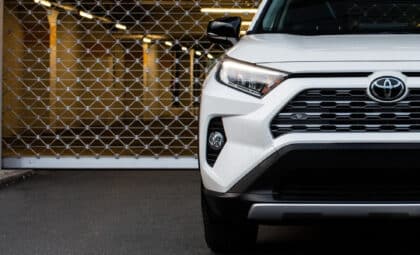Electric vehicles are catching on fast, but old assumptions about their batteries still stick around. Folks worry about batteries wearing out too quickly and the steep costs to replace them. That said, new leaps in battery tech are painting a much brighter picture, showing that EVs can really hold up over the long haul.
Getting to grips with battery degradation
One long-held myth is that electric car batteries wear out quickly. Geotab, a fleet management expert, ran a detailed study on 5,000 electric vehicles over 1.5 million days of use. The study found that today’s batteries only drop about 1.8% per year on average—an improvement from the 2.3% rate seen in 2019. Some top models even see rates as low as 1% each year.
Take the Tesla Model Y Long Range for example: it starts off with a range of 320 miles. Even after 20 years on the road, it could still offer around 205 miles, which is more than enough for most drivers in France who average under 31 miles a day.
Heavy use and battery cooling
Against the grain of popular belief, using your EV a lot doesn’t automatically spell doom for its lithium-ion battery. Even when the car is put through its paces, the batteries don’t necessarily degrade any faster compared to occasional use. Thanks to improvements in battery chemistry and better cooling systems, the situation looks up.
Temperature plays a big part in how long a battery lasts. Vehicles with liquid cooling systems tend to do better than those relying on simple air cooling. For instance, a 2015 Tesla Model S that uses liquid cooling sees around a 2.3% drop per year, while a 2015 Nissan Leaf with air cooling can experience about a 4.2% decrease.
Tips for making your battery last
There are a few everyday habits that can help keep your battery health in good shape. For example, parking in the shade during hot summer days—especially when temperatures hit over 86°F—can help keep your battery from overheating and losing capacity.
Knowing how and when to charge is also key. It’s generally a good idea to stick between 20% and 80% for daily driving, though going for a full charge is fine if you’re heading out on a long trip. And if you’re not planning to use your car for a few weeks, aim to store it at around 50% charge.
Recent findings also clear up misunderstandings about DC fast charging. Newer battery production tech can handle quick, high-intensity charges just as well as slower AC charging methods.
What’s different with LFP batteries
For some entry-level models that come with LFP (Lithium Iron Phosphate) batteries, it helps to know their quirks. These batteries can handle a 100% charge better than others, though doing that all the time might wear down some cells eventually. It’s a good idea to check which battery type you have so you can adjust your charging habits accordingly.
David Savage, Vice President of Geotab for the UK and Ireland, sums it up nicely: “The batteries in the latest models will comfortably outlast the vehicle’s useful life and will likely not need to be replaced.”
Taking these points on board can help you make informed choices about going electric and lay to rest some old battery myths. With battery technology continually stepping up its game, EVs are becoming an even more practical pick for getting around in a greener way.









